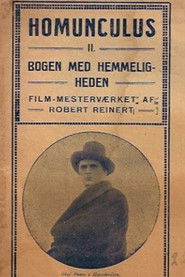detail profile adolf paul
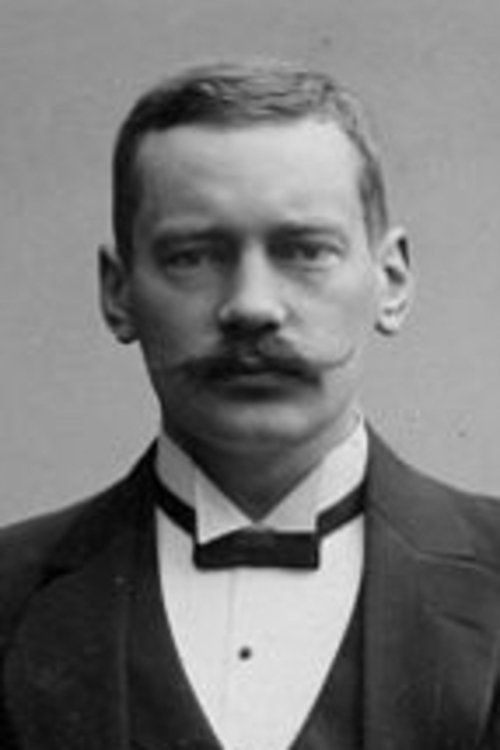
Riwayat Hidup
Adolf Georg Wiedersheim-Paul was a Swedish writer of novels/plays and an actor.
In 1892 he published a collection of short stories called "The Ripper", in which one chapter entitled "Vanitas" concerns a homosexual liasion between a priest and a schoolboy in Weimar, Germany, while "Oedipus i Norden" is a mother-son incest story from Scandinavia.
Adolf Paul lived most of his adult life in Berlin, Germany, where he was a close friend of Swedish writer August Strindberg, Finnish composer Jean Sibelius, and Norwegian painter Edvard Munch.
Info Pribadi
Peran Yang Di Mainkan Adolf Paul
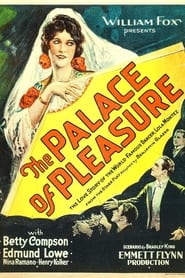 Don Sebastian Portuguese Premier sets a...
Don Sebastian Portuguese Premier sets a...The Palace of Pleasure 1926
Don Sebastian, Portuguese Premier, sets a price on the head of royalist Ricardo Madons. Madons is in love with actress Lola Montez, whom Sebastian also adores. Madons abducts Lola and compels her to wed him, but then does not hold her to the compact. Lola, who is really in love with him, repents having sent for assistance when she was taken. When Sebastian's soldiers arrive, Lola is nearly slain when she stops a bullet meant for Madons. She escapes with Madons. The couple find happiness across the border.
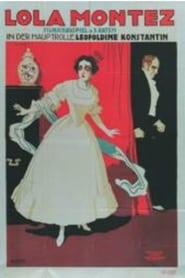 Dancer Lola Montez is the star...
Dancer Lola Montez is the star...Lola Montez 1918
Dancer Lola Montez is the star of Madrid's theaters. All the important men are after her, among them the English ambassador. But the leader of the "Carlist - Movement", a gang of desperados, kidnaps her, she falls for him and he proposes. But the English ambassador is trying to improve the Spanish-English relations and sent his spies after her, getting the information about her future groom, and the Spanish government is very interested in getting ahead.
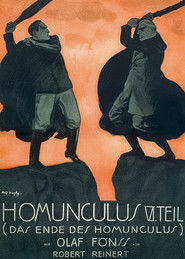 A group of scientists led by...
A group of scientists led by...The End of the Homunculus 1918
A group of scientists, led by a Professor Ortmann, produce a living human child using scientific processes - a "homunculus." This creature is human in every way, except that he cannot experience love.
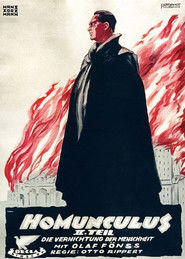 For a long time the homunculus...
For a long time the homunculus...The Destruction of Mankind 1917
For a long time the homunculus had to hide from his pursuers. But now he mingles with humanity again and sows discord, strife and murder. One day, when he meets an orphaned girl, he takes her to the shepherd Rudolf's parents. His goal is to pair the two together in order to breed a new human race from them. To this end, he kidnaps her to a deserted island. But the plan fails because Rudolf tries to kill the homunculus after learning his true identity. In revenge, the homunculus destroys the entire island, including the young couple. His hitherto loyal companion Edgar Rodin is so horrified by this deed that he renounces the homunculus and threatens him with death.
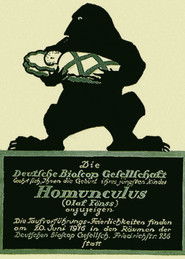 The homunculus and his companion Edgar...
The homunculus and his companion Edgar...The Love Tragedy of the Homunculus 1916
The homunculus and his companion Edgar Rodin make an invention that would allow the hateful homunculus to destroy the world. But first he wants to find out about love. When he observes how young Anna is rejected by her parents, he takes care of her and asks her parents for forgiveness - without success. He brings her to her seducer, who also rejects the girl. The homunculus then takes revenge by ruining the man financially and throwing Anna at his feet. But she still loves the villain and asks Homunculus for mercy. The homunculus cannot understand this feeling of love - he wants to try it out on himself. He puts a young woman who loves him to the hardest test, but she will do anything for him, sacrificing her fiancé and her parents. Only when he reveals his artificial nature to her, she leaves him. This experience confirms the homunculus in his intention to destroy mankind.
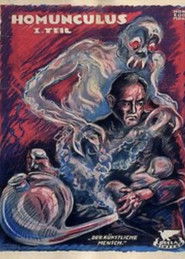 Part of the artificialcreature series encompassing...
Part of the artificialcreature series encompassing...The Artificial Man 1916
Part of the artificial-creature series encompassing Der Golem (1914 and 1920), Alraune (1918, 1928, 1930) and Metropolis (1926), 'Homunculus' was the most popular serial in Germany during World War I even influencing the dress of fashionable Berlin. Foenss, a Danish star, is the perfect creature manufactured in a laboratory by Kuehne. Having discovered his origins, that he has no 'soul' and is incapable of love, he revenges himself on mankind, instigating revolutions and becoming a monstrous but beautiful tyrant, relentlessly pursued by his creator-father who seeks to rectify his mistake.
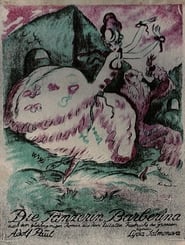
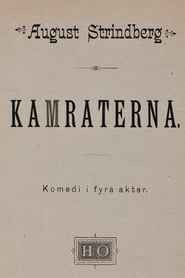 Axel and Bertha are a modern...
Axel and Bertha are a modern...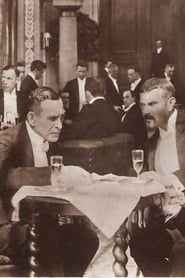 Attorney General Trevors second wife is...
Attorney General Trevors second wife is...